You can also listen to this article in the voice of own Plastic Artist Rosângela Vig:

My land has palm trees,
Where the sage sings;
The birds that chirp here
Do not chirp like there.
Our sky has more stars,
Our lowlands have more flowers,
Our forests have more life,
Our life, more loves,
Thinking, alone at night,
More pleasure I meet there,
My land has palm trees
Where the sage sings
My land has beauty,
I do not think I can find them.
Thinking, – alone, at night –
More pleasure I meet there;
My land has palm trees,
Where the sage sings.
May God not allow me to die,
Without me going back there,
Without enjoying the good things,
I can not find it here;
Without even seeing the palm trees,
Where the sage sings.
(DIAS, 1980, p.12)
The famous Song of Exile showed the feeling of longing and deep love for the homeland felt by the Maranhão poet Gonçalves Dias (1811-1882), during his time in Portugal. The year he wrote was 1846. At that time, the Romanticism shaped Brazilian Literature. The strong tendency towards nationalism was the most striking feature of this style, as was seen in the poetry. The movement, which began in the 18th century, on European territory, left unparalleled traces in Brazilian aesthetic manifestations. In Art, it was the main style during the second half of the nineteenth century, and it brought a bit of neoclassical features and eclecticism in form.
Around here, the time coincided with the Second Reign, from 1840, when Dom Pedro II ascended the throne. It can say that the period accompanied the growth in Economy, encouragement of Culture and knowledge. Among the many transformations that occurred in Brazil, we also saw the rise of the Coffee Culture and its decline; The beginning of industrialization; And the political and social issues that culminated in the crisis of the Empire. It followed the fall of the Monarchy in 1889, when Marechal Deodoro da Fonseca proclaimed the Republic and the Imperial Family went into exile. Slavery maintained during the Second Kingdom and, in 1888 it was abolished, giving room for immigrant labor. The time was still witness of the War of the Farrapos, the War of Paraguay and the Beach Revolution.
About the features, the Brazilian Romantic Art, did not bring the medieval castles, nor the knights or the maidens. The Style came from Europe, adapted to our reality and carried a patriotic nationalism that led to the valorization of our nature, our people and our heroes.
Architecture
European eclecticism also passed here and we saw a resurgence of styles, until the early 20th century. There was a tendency for abundant decor, comfort and luxury. The rigor of the Neoclassical gradually updated, slowly, giving signs that modernity was advancing forward.
New materials came up with the modernity, including cast iron, which became part of the structure and ornamented the buildings, between 1880 and 1910. Many of these structures were imported from countries in Europe, mainly Belgium and France.
The José de Alencar Theater is among the works that were part of this eclecticism. Built in the early twentieth century, its structure and façade has iron pieces that came from Scotland. The showroom, in the interior makes clear the Nouveau style, which was then born in Brazil.
Palácio da Liberdade 1 in Belo Horizonte is another example of the versatility of the time. Built between 1895 and 1897, its frontal view has features of neoclassicals; the interior decoration varies between Louis XV, Moorish and Art Nouveau styles. The gardening project features the imperial palm tree; there are white marble sculptures; and the beauty completed with a typical bandstand, from 1904, typical of the buildings of the time, ornamented with cast iron.
In São Paulo, is evident the style neogothic at the Sé Church (Figures 1 and 2). Its construction began in 1913 and ended only forty years later. The central dome, predominated a model of Renaissance. Near there, there is the Municipal Theater of São Paulo, built between 1903 and 1911, designed by the Technical Office of the architect Ramos de Azevedo (1851-1928). The venue, was the birthplace of the Modern Art Week of 1922 and has already received important artists, It has a diversified and eclectic style, although Art Déco predominates.
Rio de Janeiro, part of the diversity of styles, other known buildings of the early 20th century, such as the Municipal Theater of Rio de Janeiro (1905-1909) and the central building of the Oswaldo Cruz Foundation (Fiocruz).
Sculpture
You will read some day
My soul verses uprooted,
Of bitter cry bathed,
With blood writings; – and then,
I trust you're moving,
That my pain pities you
That you cry, not for longing,
Not for love, nor for compassion.
(GONÇALVES DIAS apud MASSAUD, 2000, p.126)
Such as in Architecture, eclecticism was the mark that this period left in the field of Sculpture here, associated with historicism. The neoclassical tendencies, joined to elements of Greece and Rome ancient, of the Baroque and of the Art Nouveau, that was starting here. The statuary brought new techniques and new materials, such as cement, iron and steel, which made the creation of works quicker and easier.
As a reference to Mythology, the façade of the Confectionery Rocco (Fig. 3), in Porto Alegre, presents the Atlantes (Figures 4 and 5) of Guiseppe Gaudenzi (1875-1966), from 1912. And Frederick Pellarin 2 was the sculptor of the image that is presented in the pediment of the confectionery (Fig. 10), depicting the arts. The female image is on a lyre, accompanied by two children and represents the music. The whole group symbolizes the Light. Also in Porto Alegre, Also in Porto Alegre, the image of Santo Expedito, in marble, in the Metropolitan Cathedral of the city.
At that time, it was common, for the bourgeoisie with possessions to adorn tombs with high-level sculptures. Rose then the Tomb Art, whose great example is the Cemetery of Consolação, in São Paulo, with sculptures by great names, such as, Victor Brecheret (1894-1955), Galileo Emendabili (1898-1974) and Luigi Brizzolara (1868-1937), Rodolfo Bernardelli (1852-1931), Bruno Giorgi (1905-1993). Many of the sculptures are in a state of abandonment and there are illustrious figures buried in this cemetery, among them, the artist Tarsila do Amaral (1886-1973), the architect Ramos de Azevedo, the writers Monteiro Lobato (1882-1948) and Mário de Andrade (1893-1945), as well as members of the traditional Matarazzo family. By the Tumular Project, is it possible to make guided tours to the site.
Painting
Lord God of wretches!
Tell me you, Lord God!
If it's crazy… If it's true
So much horror before the heavens …
The sea! Why do not you erase
With the sponge of your waves
From your mantle this blur?
Stars! Night! Storms!
Come of the immensities!
I swept the seas, typhoon!
(ALVES, 1980, p.79)
After the Independence of Brazil (1822), it remained a nationalist sentiment and a valorization of political and social issues. The anxieties, the discontent of the people and the loss of prestige of the Monarchy were clear and, in order that this image did not propagate itself, it would be interesting to Dom Pedro II, that the paintings portrayed a calm and united country. We saw then in this period, the painting of the period portrayed the palatial life, the Royal Family and the Emperor. It was also through the hands of the painters, that the Brazil of the time recorded in images. The Brazilian version of Romanticism, was above all, a historical and descriptive memorial of the country’s landscapes, day-to-day life and the 19th-century way of life. Perhaps, in this sense, the painting would move away, a bit of Literature.
The tendency to emphasize the color and contrasts between light and dark was evident in the works of Victor Meirelles (1832-1893). Painted in Rome, by the Brazilian artist, The Degolation of Saint John the Baptist of 1855 (Fig. 14) brings traces of the tenebrism 3 started in the Baroque, but lasted until Romanticism. With the same theme of Caravaggio's work of 1607, the Brazilian artist presents a more contained scene, academicism molded. In the work, the Biblical narrative, Salome receives the head of St. John the Baptist, on a tray.
The two works of Victor Meirelles, Study for Passage of Humaitá (Fig. 15) and Sketch for Passage of Humaitá (Fig. 16), commissioned by then Minister Affonso Celso, with the intention of softening the criticisms that the Navy had been receiving. Both portray the performance of the navy in the Paraguayan War, in the military operation that had the objective to surpass the Fortress of Humaitá, passing by the Paraguay river. In the Study for the Passage of Humaita (Fig. 15), there are people, amidst the bodies, close to a ship with people in uniform and a lot of smoke, suggesting a battle. To the work, there are interpretations about the true meaning of heroism and the war itself, perhaps there, placed purposefully to this end, by artist. In the other painting, Sketch for Passage to Humaitá (Fig. 16), there is the typical feature of Romanticism, reminiscent of Turner's landscapes, accurate in the use of color, in spots, for the winding lines, with the idea of grandeur and exaltation of nature.
The Battle of Guararapes (Fig. 18), ended with the Dutch Invasions in Brazil, in 1649, and it brilliantly portrayed by Victor Meirelles, in 1879. The artist spent six years in the work, and many times travelled to Pernambuco, to know the place. Heroism, is a clear theme of the work, with foreground, in the combatants, in full fight, in dramatic movements, among the bodies of people and fallen horses. Passive, nature watches everything, in the background, among the dust of the combat movement. The color stains, the lack of sharpness, the sinuous lines here, were relevant aspects to heighten the movement.
There were other important artists such as Jean-Baptiste Debret (1768-1848), whose career also covered the Neoclassical; Pedro Américo (1843-1905), with styles that oscillated between Neoclassic, Romanticism and Realism; Almeida Júnior (1850-1899), who portrayed the paulista country man in much of his works; Rugendas (1802-1858), who specialized in drawing, and travelled through Brazil, to portray the people and the manners. The traces of Romanticism lasted until 1880, in Painting, when the Realism first appeared.
Final Considerations
The course of events gave the genius of the age, a direction that threatened to push him farther and farther from the Art of the ideal. This must abandon reality, rise up, with decency, and dare beyond deprivation, for Art is the daughter of freedom and wants to be legislated by the necessity of the spirit, not by the deprivation of matter. (SCHILLER, 2002, p.21)
The German philosopher, of the 18th century believed in education as a way of balancing society. The way to this was in Art and Aesthetics. By Beauty, the spirit is lead to freedom, and consequently, to the ethical state, because it brings forth emotions, values and principles. It is such freedom, added to intrinsic ethical values, that the aesthetics of Romanticism speaks to us.
Perhaps this is the best way to explain the feeling that the artist of the period involved, both in Literature, and in aesthetic manifestations. More than following a style, the Romanticism acquired here personality and valued our beauties, our people, our religiosity and printed, a Brazil that no longer exists. The exuberant nature contributed with the most beautiful images of the country, which perpetuated by the hands of our painters.
The beauty of Poetry that initiates this text, is due to the assonance, the alliteration, the sensations provoked by the exact combination of words. In Art, Beauty is the result of colors and forms, in perfect arrangement, as harmonious as the notes of a song. The Beauty travels through the field of sensations, is a source of endless delight and leads the heart to ecstasy.
1 Video and virtual tour of the Palace of Liberty:
www.circuitoculturalliberdade.com.br/plus/modulos/listas/
2 There were found no records of the year of birth and death of the sculptor Frederico Pellarin.
3 The word tenebrism derives from darkness, from Latin, and it refers to the great contrast between light and shadow, a technique used by the Baroque artists, that remained during Rococo and Romanticism. It is necessary, therefore, that the artist has deep knowledge of perspective, light and shadow. This technique provides the ultimate sense of monumentality, since the movement of bodies intensified by direct illumination, in contrast to darkened areas.
References:
- ALVES, Castro. Nossos Clássicos. Rio de Janeiro: Editora Agir, 1980.
- ÁZEVEDO, Álvares de. Nossos Clássicos. Rio de Janeiro: Editora Agir, 1977.
- BAYER, Raymond. História da Estética. Lisboa: Editorial Estampa, 1993. Tradução de José Saramago.
- CHILVERS, Ian; ZACZEK, Iain; WELTON, Jude; BUGLER, Caroline; MACK, Lorrie. História Ilustrada da Arte. Publifolha, S.Paulo, 2014.
- DIAS, Gonçalves. Nossos Clássicos. Rio de Janeiro: Editora Agir, 1980.
- EAGLETON, Terry. A Ideia de Cultura. São Paulo: Editora UNESP, 2005.
- FARTHING, Stephen. Tudo Sobre a Arte. Rio de Janeiro: Sextante, 2011.
- GOMBRICH, E.H. A História da Arte. Rio de Janeiro: Editora Guanabara, 1988.
- HAUSER, Arnold. História Social da Arte e da Literatura. Martins Fontes, São Paulo, 2003.
- MASSAUD, Moisés. A Literatura Brasileira através dos Textos. São Paulo Ed.Cultrix, 2000.
- SCHILLER, Friedrich Von. A Educação Estética do Homem, São Paulo: Ed. Iluminuras, 2002.
The figures:
Fig. 1 – Church of Sé in São Paulo. Photo of Rosângela Vig.
Fig. 2 – Church of Sé in São Paulo. Photo of Rosângela Vig.
Fig. 3 – Confeitaria Rocco. Photo of Benjamim Mattos.
Sign up to receive Event News
and the Universe of Arts first!
Fig. 4 – Confeitaria Rocco, facade detail with sculpture Young Atlante, on the left side and Old Atlante, on the right side of the image. Photo of Benjamim Mattos.
Fig. 5 – Confeitaria Rocco, facade detail with sculpture Young Atlante, on the right side and Old Atlante, on the left side of the image. Photo of Benjamim Mattos.
Fig. 6 – Confeitaria Rocco, detail of the Old Atlante sculpture facade. Photo of Benjamim Mattos.
Fig. 7 – Confeitaria Rocco, detail of the Old Atlante sculpture facade. Photo of Benjamim Mattos.
Fig. 8 – Confeitaria Rocco, detail of the Old Atlante sculpture facade. Photo of Benjamim Mattos.
Fig. 9 – Confeitaria Rocco, detail of the Young Atlante sculpture facade. Photo of Benjamim Mattos.
Fig. 10 – Confeitaria Rocco, detail of the pediment of the sculpture facade representing the Light, with an image of a woman on the lyre. Photo of Benjamim Mattos.
Fig. 11 – Confeitaria Rocco, detail of the pediment of the sculpture facade representing the Light, with an image of a woman on the lyre. Photo of Benjamim Mattos.
Fig. 12 – Confeitaria Rocco, detail of the facade. Photo of Benjamim Mattos.
Fig. 13 – Confeitaria Rocco, detail of the facade. Photo of Benjamim Mattos.
Fig. 14 – The Degolation of Saint John Baptiste, Victor Meirelles, 1855. Victor Meirelles Museum.
Fig. 15 – Study for Passage to Humaitá, Victor Meirelles, 1855. Victor Meirelles Museum.
Fig. 16 – Sketch for Passage to Humaitá, Victor Meirelles, 1868-72. Victor Meirelles Museum.
Fig. 17 – The Wreck of Medusa, Victor Meirelles, 1857. Victor Meirelles Museum.
Fig. 18 – Partial View of the city of Nossa Senhora do Desterro, Victor Meirelles, 1847. Victor Meirelles Museum.
Fig. 19 – Battle of Guararapes, Victor Meirelles, 1879. Victor Meirelles Museum.
You might also like:
- First Traces of Modern Art – Abstract Expressionism in Brazil by Rosângela Vig
- First Traces of Modern Art – Expressionism in Brazil by Rosângela Vig
- Modern Art – Abstract Expressionism by Rosângela Vig
- First Traces of Modern Art – Impressionism in Brazil by Rosângela Vig
- Modern Art – Surrealism by Rosângela Vig
- Modern Art – Abstractionism by Rosângela Vig
- Modern Art – Cubism by Rosângela Vig
- Modern Art – Expressionism by Rosângela Vig
- First Traces of Modern Art – Symbolism by Rosângela Vig
- First Traces of Modern Art – Post-Impressionism by Rosângela Vig
- First Traces of Modern Art – Impressionism by Rosângela Vig
- Romanticism by Rosângela Vig
- The Neoclassical Art in Brazil by Rosângela Vig
- The Rococo in Brazil by Rosângela Vig
- The Neoclassical Art by Rosângela Vig
- Rococo by Rosângela Vig
- How appears the Surreal Work by Rosângela Vig
- The Baroque in Brazil by Rosângela Vig
- Baroque by Rosângela Vig
- Mannerism by Rosângela Vig
- Flemish Art – Renaissance in Northern Europe by Rosângela Vig
- Renaissance by Rosângela Vig
- The Contemporary, A little about the Urban Art by Rosângela Vig
- The Naive Art – Ingénue Art by Rosângela Vig
- Middle Ages, Byzantine Art by Rosângela Vig
- Middle Ages, Romanesque Art and Gothic Art by Rosângela Vig
- The Roman Art by Rosângela Vig
- Greek Art, Art History in Ancient Greece by Rosângela Vig
- The Egyptian Art by Rosângela Vig
- The Prehistoric Art by Rosângela Vig
- The beauty Art and the sublime Art by Rosângela Vig
- The Game of Art by Rosângela Vig
- The Misunderstood Art by Rosângela Vig
ROSÂNGELA VIG
Sorocaba – São Paulo
Facebook Profile | Facebook Fan Page | Website
Columnist at Website Obras de Arte
E-mail: rosangelavig@hotmail.com



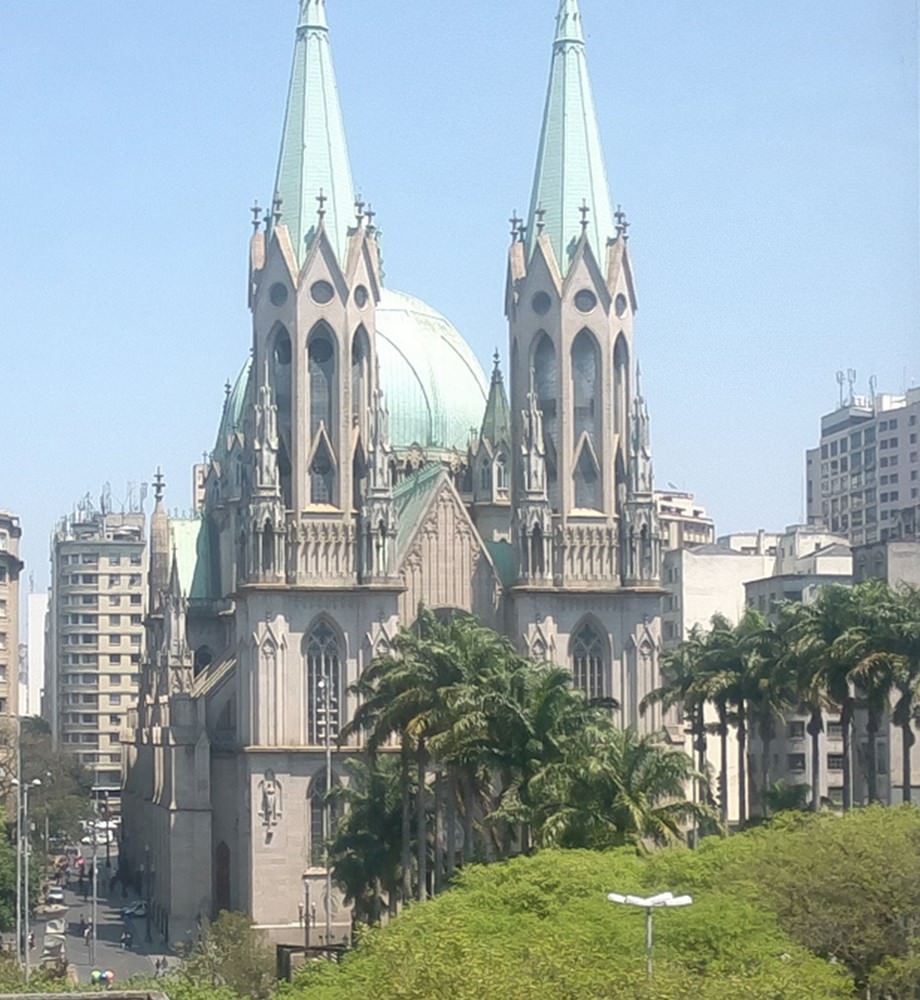
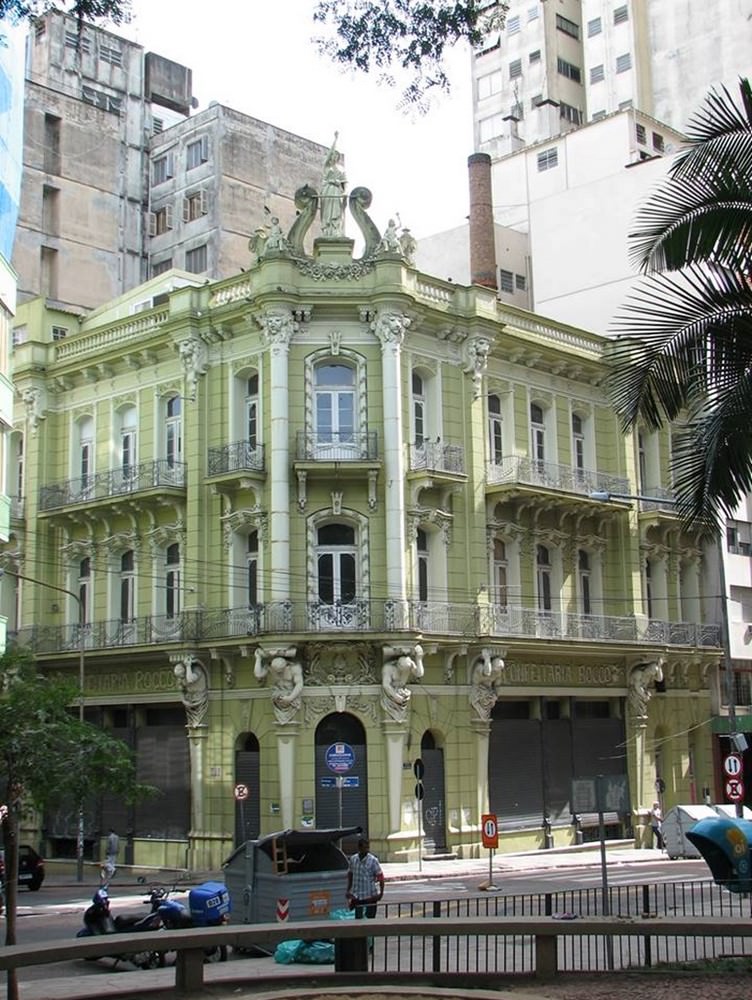
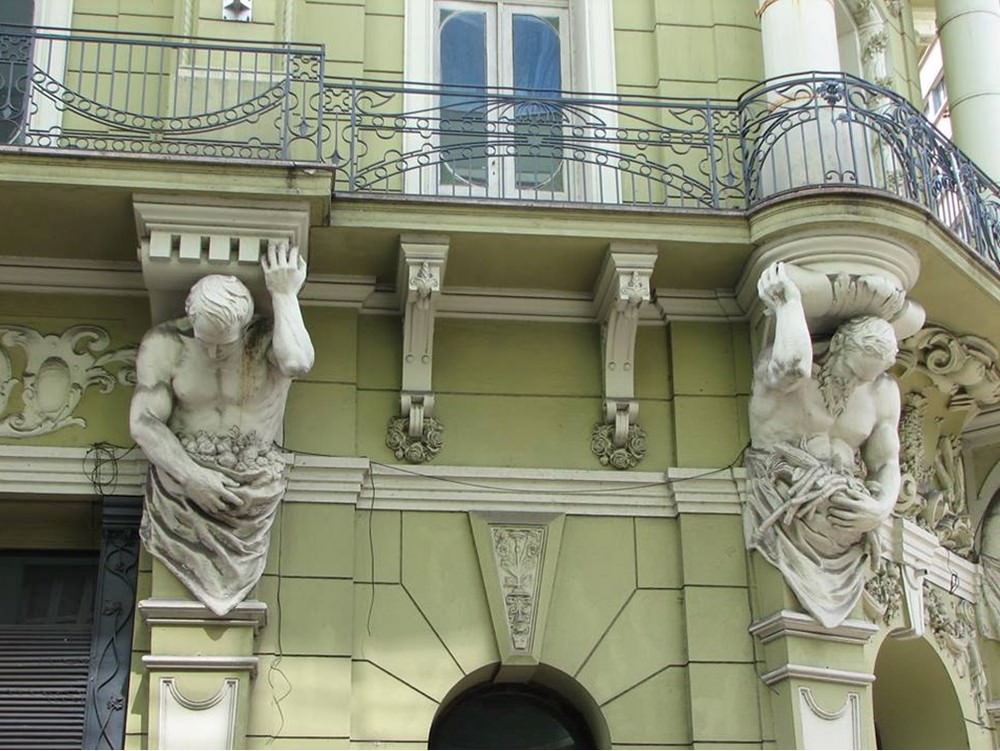

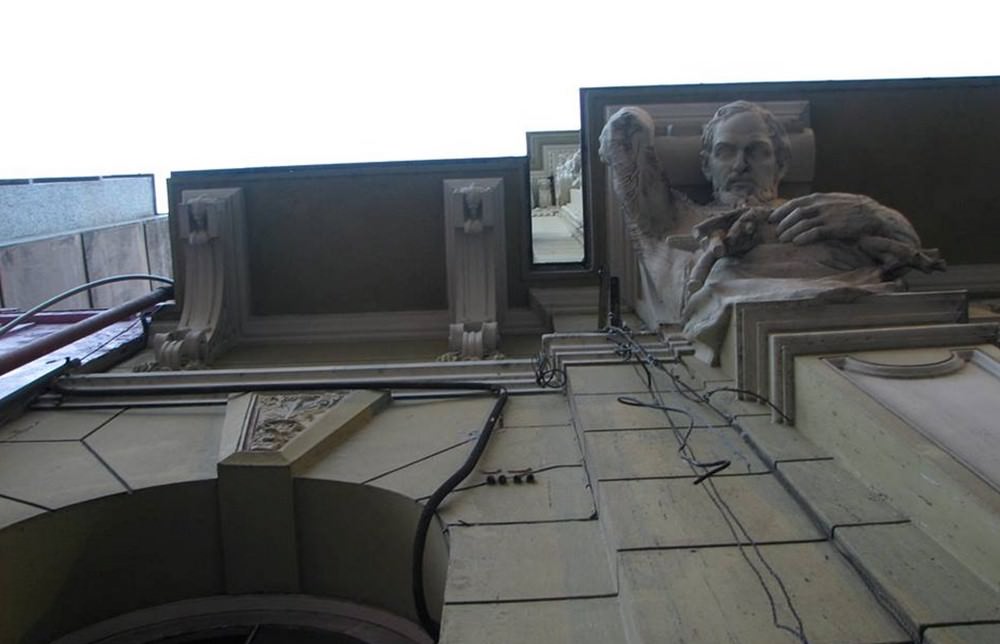
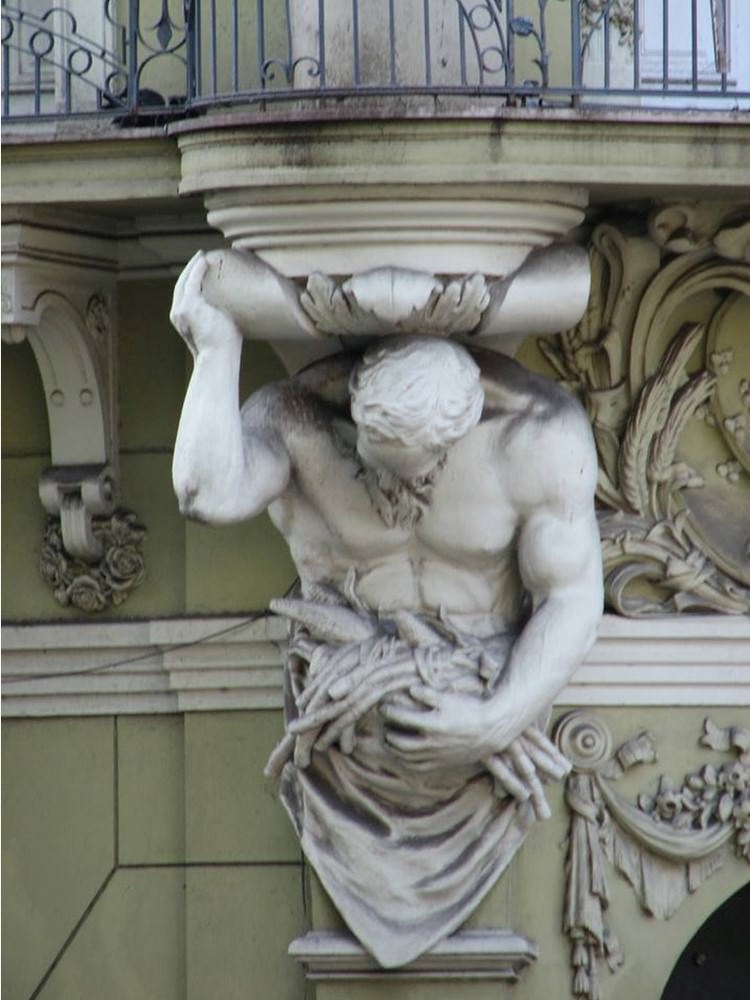
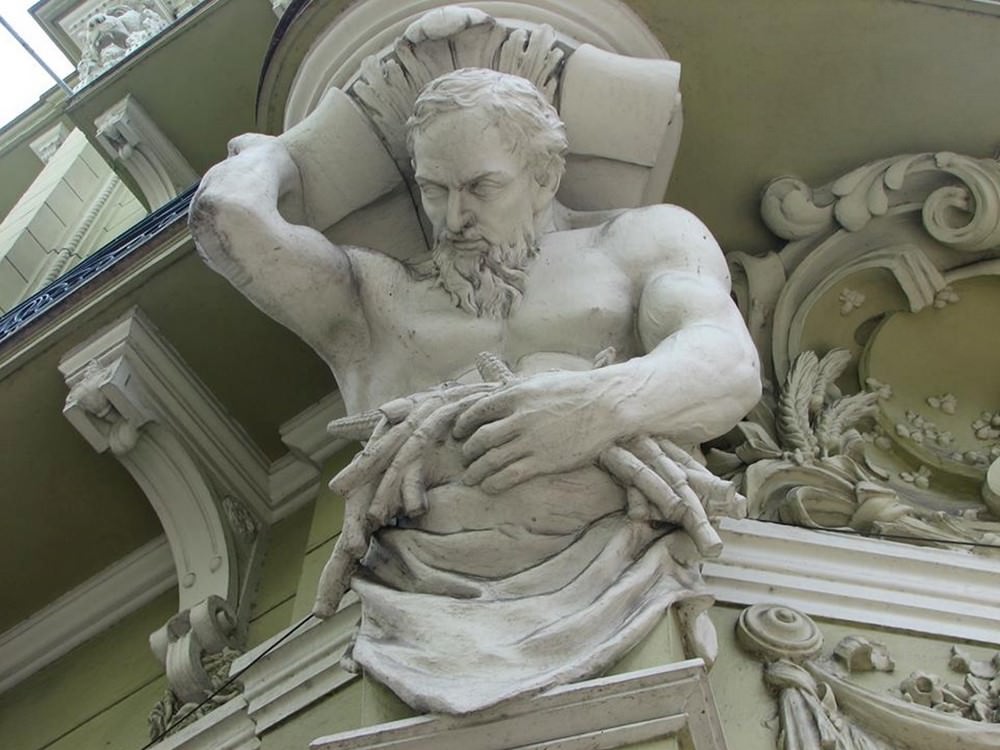
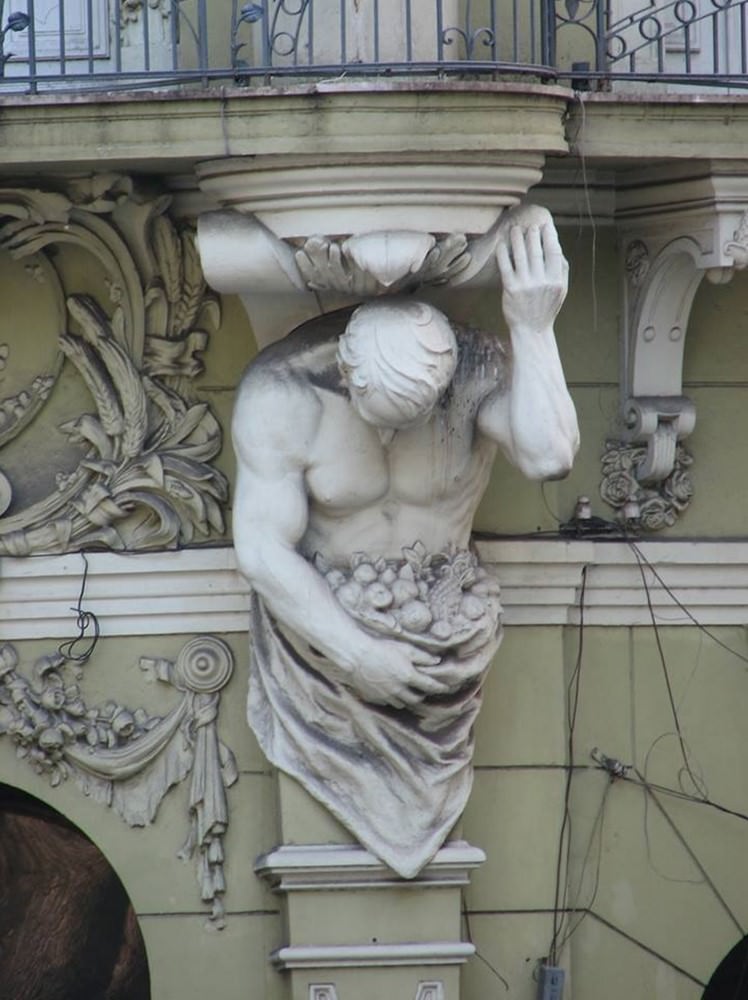
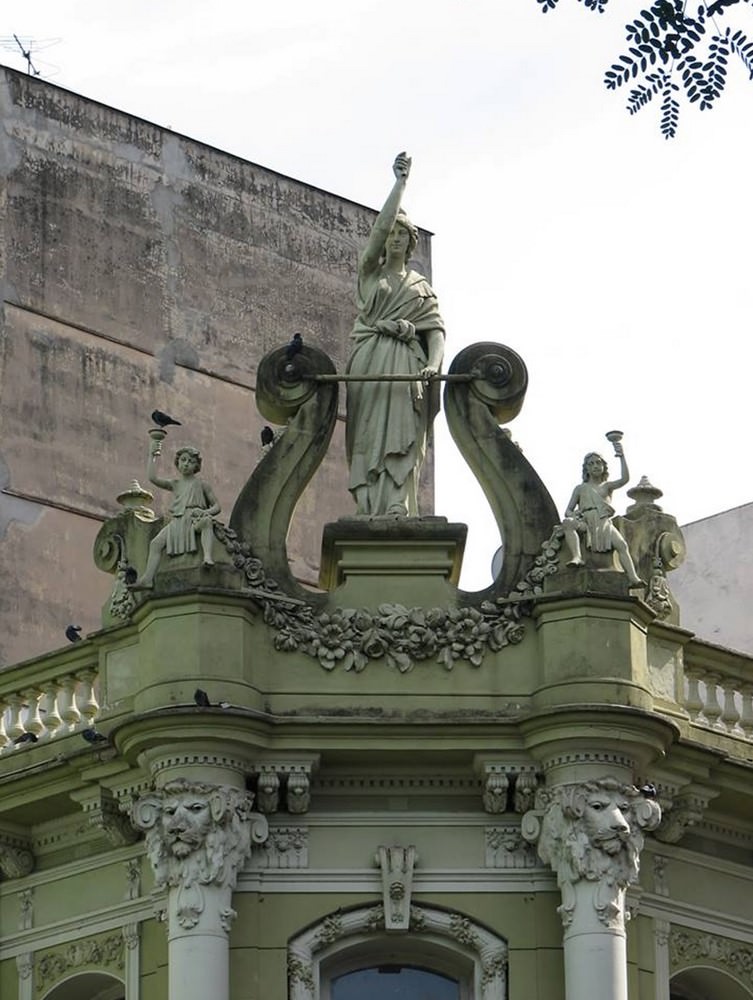
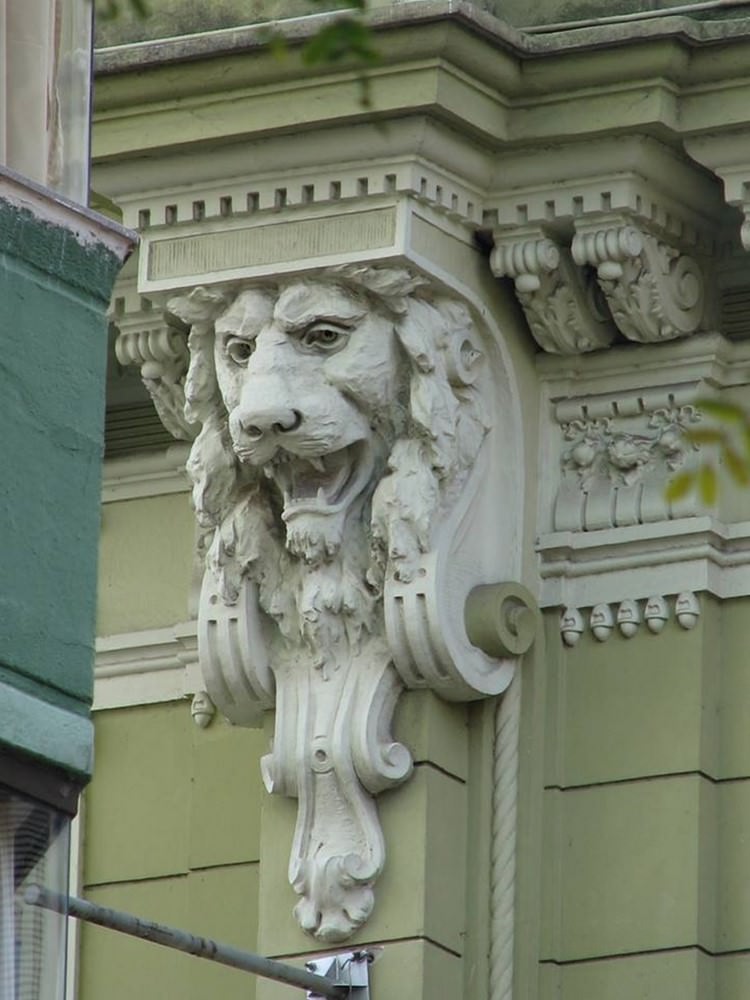
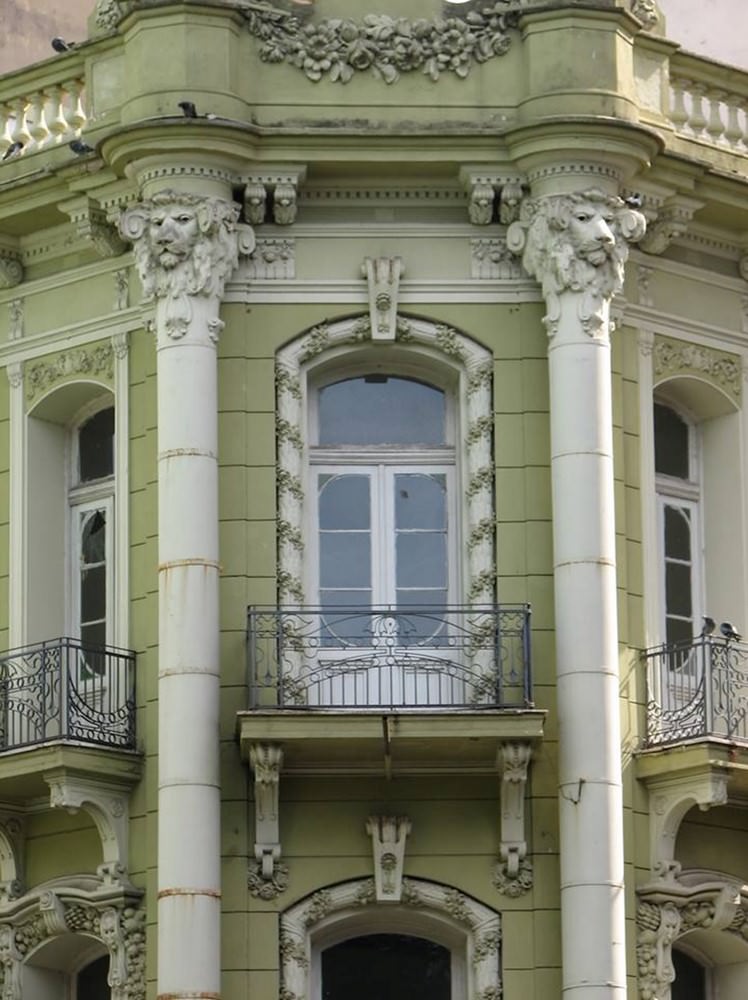
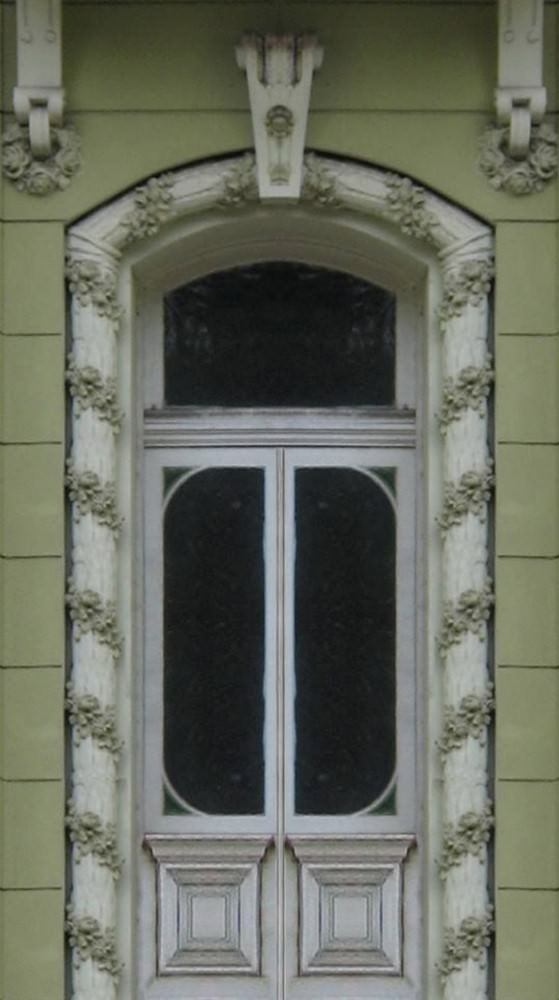
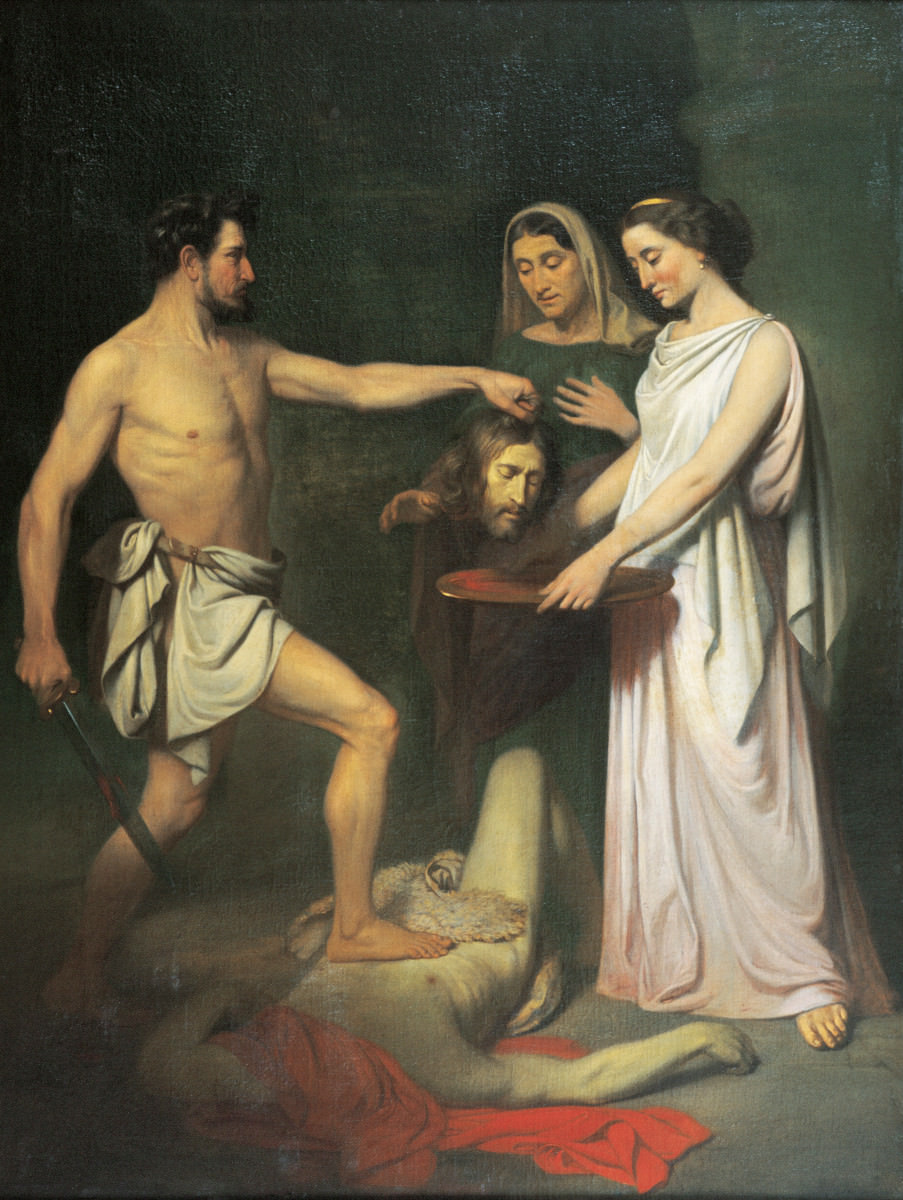

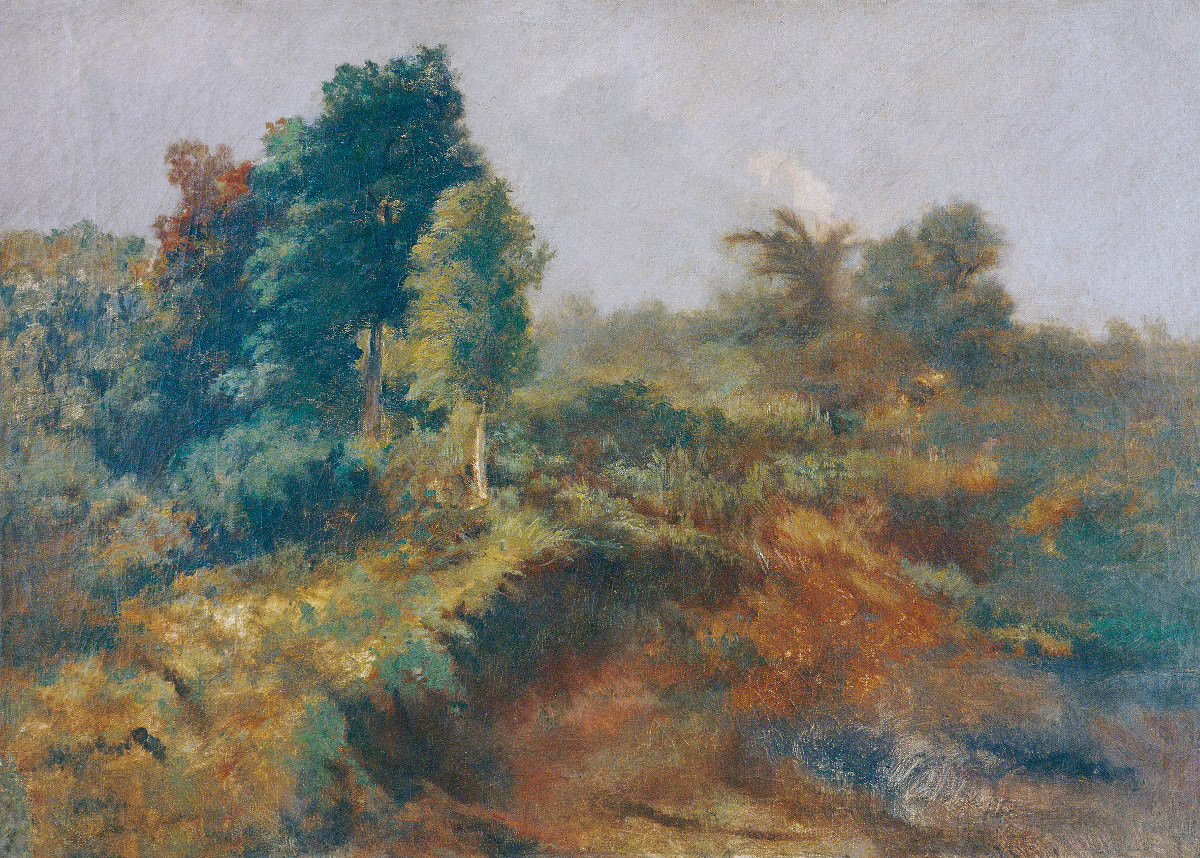


1 thought on “Romanticism in Brazil by Rosângela Vig”